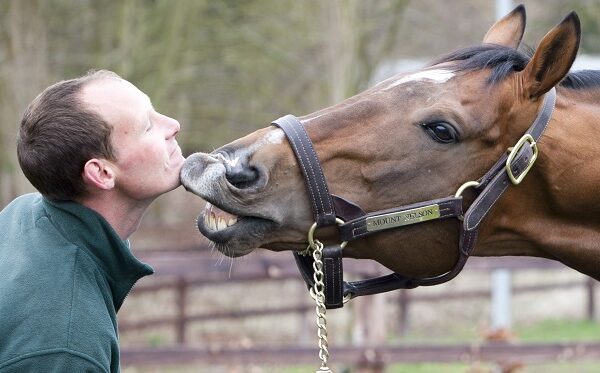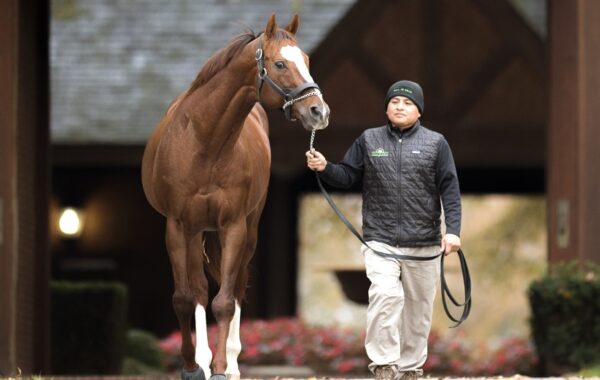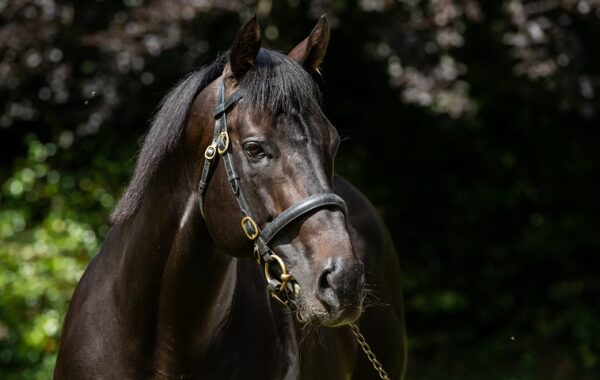Over the years, I have become increasingly interested in how racing is presented on television. This is largely motivated by trying to play my own small role better. But exposure to the workings of television through Racing UK has broadened my focus from this self-critique to the bigger picture: what are the themes at which a broadcast is driving? What are the motivations for presenting the event in a certain way?
The coverage of some of the world’s biggest races has provided the opportunity to answer these questions. Champions’ Day in England, the Arc meeting in France, Melbourne Cup day in Australia and the Breeders’ Cup in the US are all met with different expectations from domestic audiences. Of these, the Melbourne Cup was the most interesting. Viewers in the UK and Ireland were able to watch comprehensive coverage of the Seven Network’s output via At The Races, with the bonus of an excellent studio team of Matt Chapman and John Berry in London.
I was left feeling extremely positive about racing as a sport and the Melbourne Cup as an event. The pictures translated both the enduring sense of pride which Australians have for the race and how its history is intertwined with that of the nation itself.
Greater than this was the celebration of the horse’s central part in the drama, as conveyed by 10,000 framed photos on pub walls of Phar Lap, Kingston Town, Carbine and Tulloch now fading, and others more vividly coloured of Makybe Diva, So You Think and Black Caviar.
Australian racing is broadcast and analysed with great intelligence
Channel Seven’s output was admittedly more populist than purist. Indeed, its failure to focus on shots of the horses in the paddock for some of the supporting races led to the ire of many watching the broadcast in Australia.
This is a familiar theme with famous races around the world: those watching make up a broad church, but broadcasters take the view that the majority are more concerned with the celebrities acting up rather than the horses doing the same. Worse still, a contractual arrangement between the host broadcaster and specialist racing channel TVN prohibited the latter from providing the same images vital to dedicated followers of the sport.
Justification for the mass-market slant is often provided by viewing figures. Seven’s programme was viewed by 2.65 million, a small increase on the 2010 Cup return. This was the top rating for any channel on November 1 in Australia, dwarfing the 1.51m who watched The X Factor during primetime. And, in a country of just 22m people, it would massively underestimate the number of people who watched in offices, pubs and clubs.
It was particularly interesting to listen to the reaction to the domination of the Cup by foreign-trained horses: six of the first seven home – headed by the French-trained Dunaden – were trained in Europe. Embracing foreign success in sport is not a strongly expressed trait among Australians, but the more enlightened were able to see what this result says about the Cup’s global appeal. And, with the foreign investment in Australian racing increasing every year, a more open-minded attitude is slowly prevailing.
Australian racing is broadcast and analysed with great intelligence. The importance of pace and position is emphasised when pundits explain how a race has unfolded. Incidentally, the same is also true of racing in the Far East and in Dubai, where a clear Australian influence over media coverage is evident.
I thought the result begged interesting questions about the rate of attrition of dirt horses
ESPN thankfully retained my RUK colleague Nick Luck on its coverage of the Breeders’ Cup. The cable network takes a different, more technical slant on televising the meeting than its predecessor NBC. It is highly accomplished, though the Hank’s Bank element is toe-curling and needs to be dropped. Interestingly, news of the Classic result and a video replay broke into coverage of the college American football game on another ESPN channel.
However, while Channel Seven provided a full rationalisation of Dunaden’s narrow victory, ESPN rather left Drosselmeyer’s shock win in the Classic without proper explanation. Why had a horse written off as a poor winner of the previous year’s Belmont Stakes been able to defeat the best horses in the US and So You Think? Had he improved or was the result a function of pace? In my view, the answer was neither. Instead, I thought the result begged interesting questions about the rate of attrition of dirt horses. Most of the leading runners – notably Uncle Mo and Havre De Grace – simply peaked out, leaving the winner to clock by far the slowest time on a fast track in history.
This striking fact regarding the pace and the time should arguably have been more greatly emphasised, so that the viewers could put the result in better context. Maybe that would have taken some of the air out of the Breeders’ Cup balloon, but it is nevertheless highly important.





